Home>Ideas and Tips>The Best Time To Aerate And Overseed Your Lawn
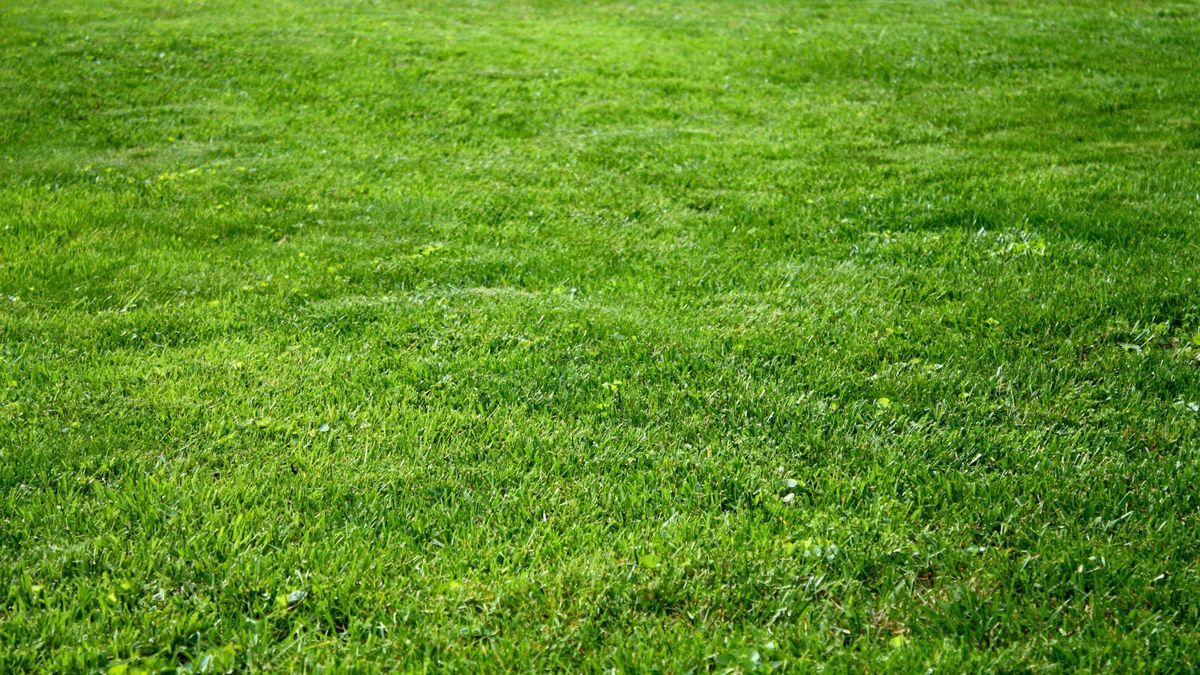

Ideas and Tips
The Best Time To Aerate And Overseed Your Lawn
Modified: October 28, 2024
Discover the best times to aerate and overseed your lawn for lush, healthy grass. Learn expert tips for cool-season and warm-season grasses.
(Many of the links in this article redirect to a specific reviewed product. Your purchase of these products through affiliate links helps to generate commission for Storables.com, at no extra cost. Learn more)
Maintaining a lush, healthy lawn is a crucial aspect of home improvement. Among the various techniques used to achieve this, aeration and overseeding are two of the most effective methods. However, timing these processes correctly is essential for optimal results. In this article, we will delve into the best times to aerate and overseed your lawn, depending on the type of grass you have.
Understanding Aeration
Aeration is the process of loosening compacted soil to allow air, water, and nutrients to reach the roots of your grass. Over time, as your lawn grows, the soil can become dense with thatch (dead grass and debris) and compacted by foot traffic or heavy machinery. This compaction prevents water and nutrients from penetrating deep into the soil, leading to shallow root growth and a weakened lawn.
Read more: When To Overseed Lawns
The Importance of Aeration
Healthy grass requires air, water, and nutrients at its roots. Aeration helps to break up this compacted soil, creating small holes that allow these essential elements to reach deeper into the root zone. This process strengthens your turf by promoting deeper root growth, which makes it more resilient to pests and diseases.
Types of Aeration Tools
There are two primary types of aeration tools: spike aerators and plug aerators.
-
Spike Aerator: This tool uses solid tines to poke holes in the ground. While it can be effective, it does not remove any soil or debris, which means that the compacted soil remains intact.
-
Plug Aerator: This is the more effective tool as it removes small plugs of soil and grass from the lawn. Plug aerators typically remove plugs 0.5 to 0.75 inches in diameter spaced about two to three inches apart. This method is preferred because it not only loosens the soil but also removes some of the thatch layer, allowing for better seed-to-soil contact during overseeding.
Understanding Overseeding
Overseeding involves planting new grass seed over your existing lawn to fill in bare spots and thicken your turf. This process is particularly beneficial for lawns that have experienced stress from summer heat, disease, or pests.
The Importance of Overseeding
Overseeding not only makes your lawn look healthier but also increases its resistance to weeds and pests. By introducing new grass seed varieties, you improve your lawn's resiliency and help it become more resistant to turf diseases. Overseeding also serves as a natural weed control method by preventing weeds from growing in weakened turf areas.
Read more: What Is The Best Aerator For Lawns
Best Practices for Overseeding
-
Timing: The best time to overseed depends on the type of grass you have.
- Cool-Season Grasses: These are commonly planted in northern states and include Kentucky bluegrass, ryegrass, and fescue. The best times for overseeding cool-season grasses are late summer to early fall (mid-August to mid-September or mid-May to mid-June in northern states) and early spring (February to April in transition zones).
- Warm-Season Grasses: These are more common in southern states and include Bermuda grass and zoysia grass. The best times for overseeding warm-season grasses are late spring to early summer (May to July in transition zones and southern states).
-
Preparation: Before overseeding, it's crucial to aerate your lawn. Aeration disrupts the thatch layer and loosens compacted soil, allowing new seedlings to establish themselves more easily.
-
Seed Selection: Choose high-quality grass seed that is suitable for your climate and soil type. Cool-season grasses prefer cooler temperatures (50-65°F), while warm-season grasses thrive in warmer temperatures (65-75°F).
Best Times for Aeration and Overseeding
Cool-Season Grasses
Cool-season grasses are more commonly found in northern states and thrive in cooler temperatures. The best times to aerate and overseed these grasses are:
-
Late Summer to Early Fall: This period offers ideal conditions for cool-season grasses. The cooler nights and warm days support their growth, and the soil stays moist for longer, providing enough humidity for grass seeds to germinate. Wait until soil temperatures fall below 65°F for optimal results.
-
Early Spring: Another good time for aeration and overseeding cool-season grasses is early spring. Aerate once the soil warms up, typically around mid-May to mid-June in northern states.
Warm-Season Grasses
Warm-season grasses are more common in southern states and prefer warmer temperatures. The best times to aerate and overseed these grasses are:
- Late Spring to Early Summer: This period is ideal for warm-season grasses as they are actively growing, and the weather is warm enough for them to thrive (80-95°F). Wait until soil temperatures warm up between 65-75°F before overseeding.
Transition Zones
Transition zones, such as Virginia, have varying optimal times depending on whether you live in the north or south part of the state. For cool-season grasses, mid-August to mid-October or February to April are good intervals. For warm-season grasses, May to July is recommended.
Southern States
In southern states like Florida, Bermuda lawns can be overseeded with ryegrass for winter color between October and early December.
Why Yearly Aeration and Overseeding Are Important
Regular aeration and overseeding are crucial for maintaining a healthy lawn. Here’s why:
-
Improved Root Growth: Aeration allows air, water, and nutrients to penetrate deeper into the soil, promoting deeper root growth which makes your lawn more resilient.
-
Increased Density: Overseeding fills in bare spots, increasing the density of your lawn which makes it harder for weeds to take hold.
-
Enhanced Resilience: By introducing new grass seed varieties, you improve your lawn's resiliency against pests and diseases.
-
Natural Weed Control: Overseeding helps prevent weeds from growing in weakened turf areas naturally.
Best Practices for Watering After Aeration and Overseeding
Proper watering is critical after aeration and overseeding to ensure new seedlings establish themselves well.
-
Initial Moisture: Keep the soil moist for the first two weeks after aeration and overseeding. This allows new seedlings to germinate without drying out.
-
Gradual Reduction: After two weeks, reduce watering frequency but maintain consistent moisture levels until new grass is about three inches tall.
-
Established Lawn: Once established (about a month), return to normal watering schedules unless there are specific weather conditions requiring adjustment.
-
Measurement Tips: Use tuna cans or rain gauges to measure how much water you’re getting per watering session. Aim for about one inch of water per session for established lawns.
-
Adjust Based on Weather: Adjust your watering schedule based on natural rainfall and soil moisture levels.
Enjoying an Amazing Lawn Without Lifting a Finger
Your lawn provides numerous benefits—from perfect sunrises with coffee to memories of your kids laughing and playing. To ensure it always looks gorgeous, perform regular aeration and overseeding.
Contacting Professionals
If you're unsure about the best time for aeration and overseeding or need expert advice, consider contacting professionals who specialize in lawn care services. They can provide personalized advice tailored to your specific climate and grass type.
Regular Maintenance
Remember that lawn care is a partnership between you and your lawn care company. While professionals will handle the technical aspects of aeration and overseeding, it's crucial that you do your part by properly watering your lawn according to their recommendations.
By following these guidelines on when to aerate and overseed your lawn based on the type of grass you have, you'll be well on your way to maintaining a lush, healthy lawn that enhances both the aesthetic appeal of your home and provides a comfortable outdoor space for relaxation and enjoyment.
Conclusion
In conclusion, timing is everything when it comes to maintaining a healthy lawn through aeration and overseeding. By understanding the specific needs of cool-season versus warm-season grasses and following best practices for preparation, seed selection, and post-aeration watering schedules, homeowners can ensure their lawns remain vibrant year-round. Whether you're a seasoned gardener or just starting out with lawn care, incorporating these techniques into your routine will yield impressive results that enhance both functionality and beauty of your outdoor space.
Read more: What Is Aeration In Lawn Care
References
- Lush Lawn Blog: "The Best Time To Aerate and Overseed Your Lawn" (2019)
- Oasis Turf & Tree Blog: "Best Practices for Watering After Aeration and Overseeding in Cincinnati, Northern Kentucky" (n.d.)
- Senske Blog: "When is the Best Time to Aerate and Overseed Your Lawn?" (n.d.)
- LawnLove Blog: "Best Time to Aerate and Overseed a Lawn" (2024)
- Davey Blog: "How Often Should I Aerate My Lawn?" (2021)
By following these guidelines and staying informed about seasonal changes in your area, you'll be well-equipped to keep your lawn looking its best all year round
Was this page helpful?
At Storables.com, we guarantee accurate and reliable information. Our content, validated by Expert Board Contributors, is crafted following stringent Editorial Policies. We're committed to providing you with well-researched, expert-backed insights for all your informational needs.
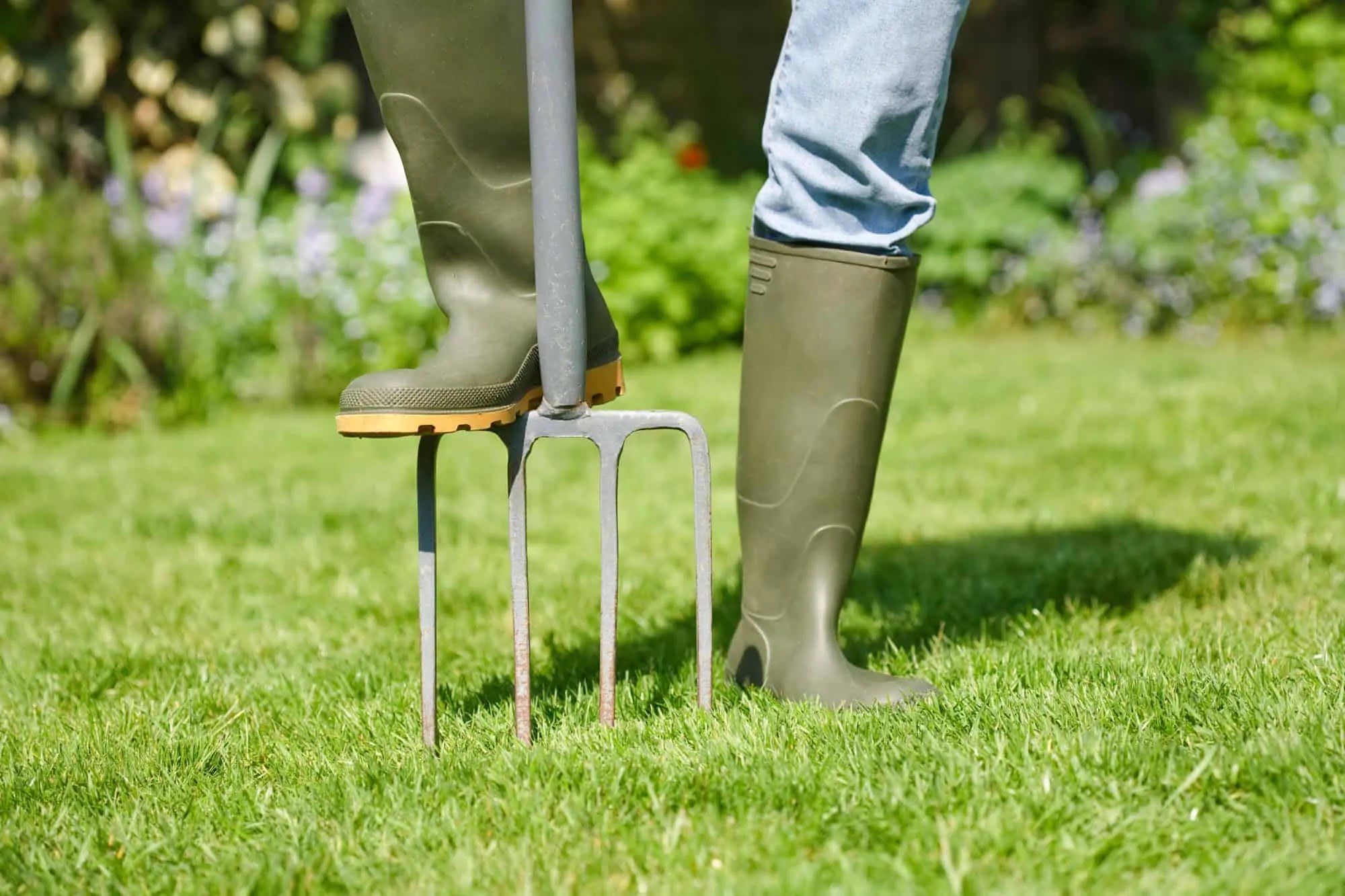

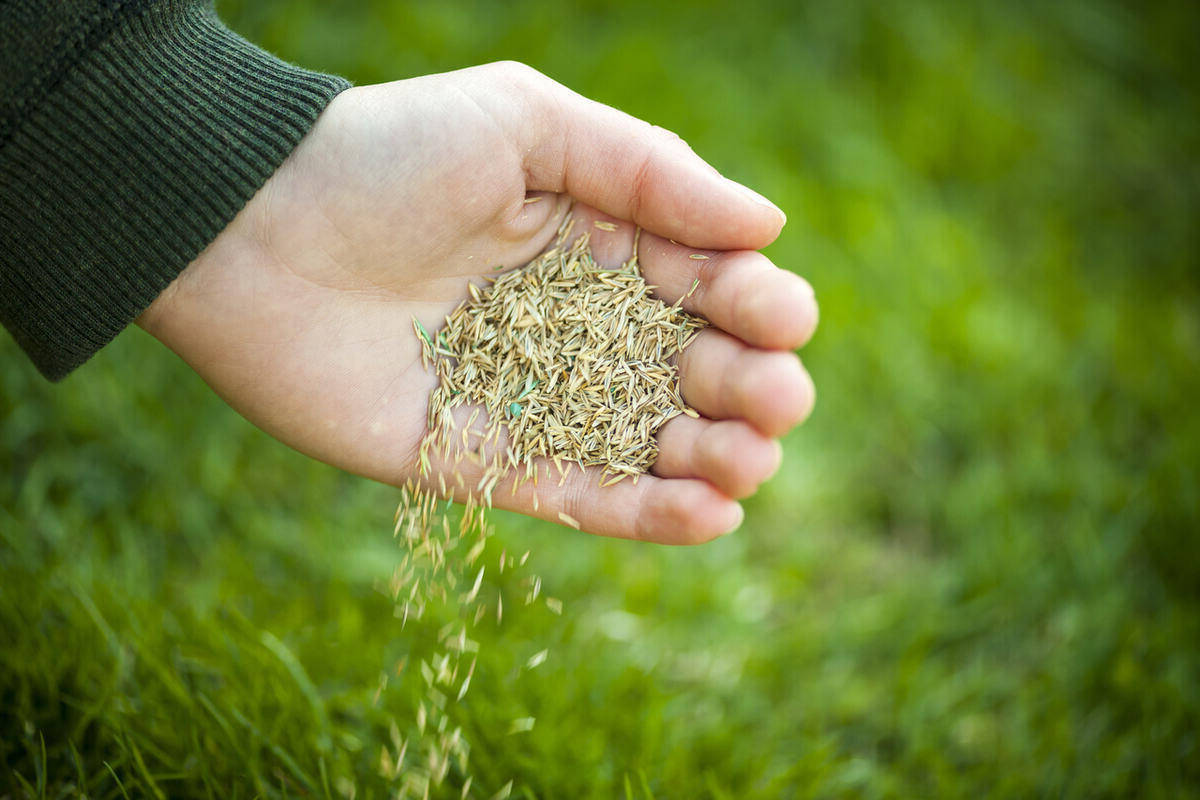
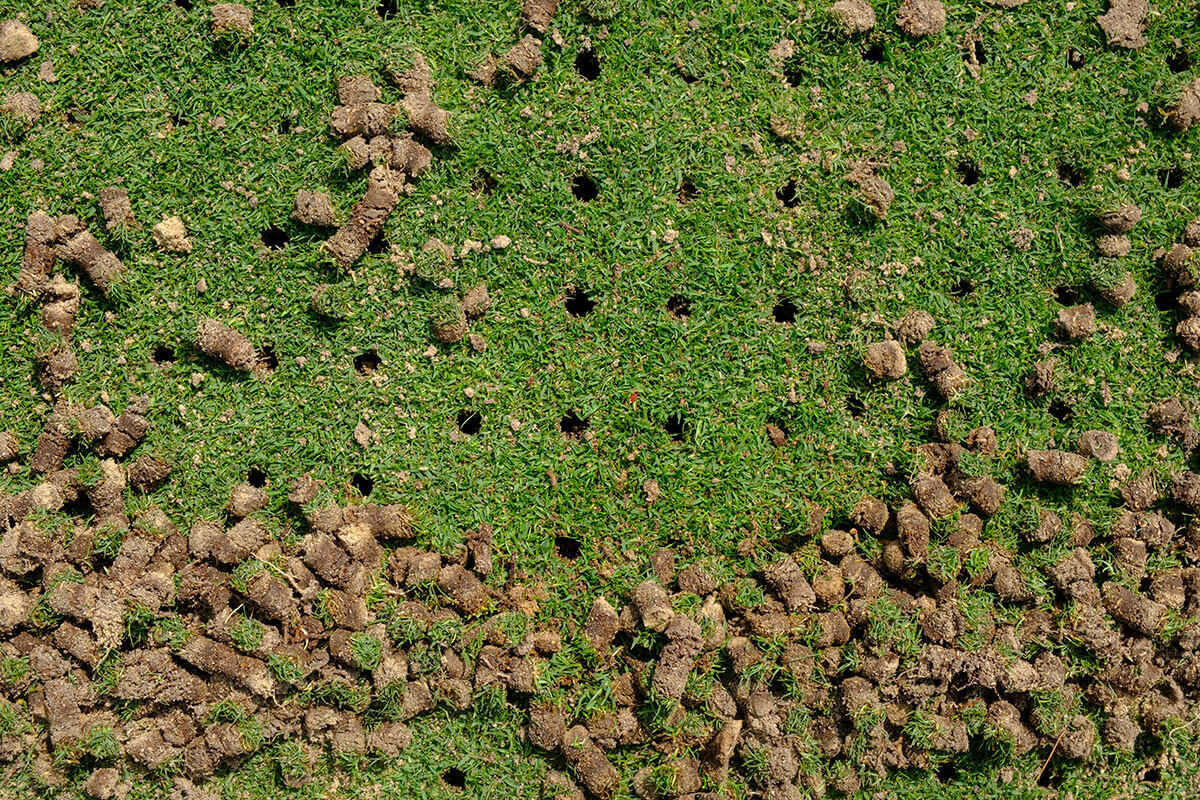
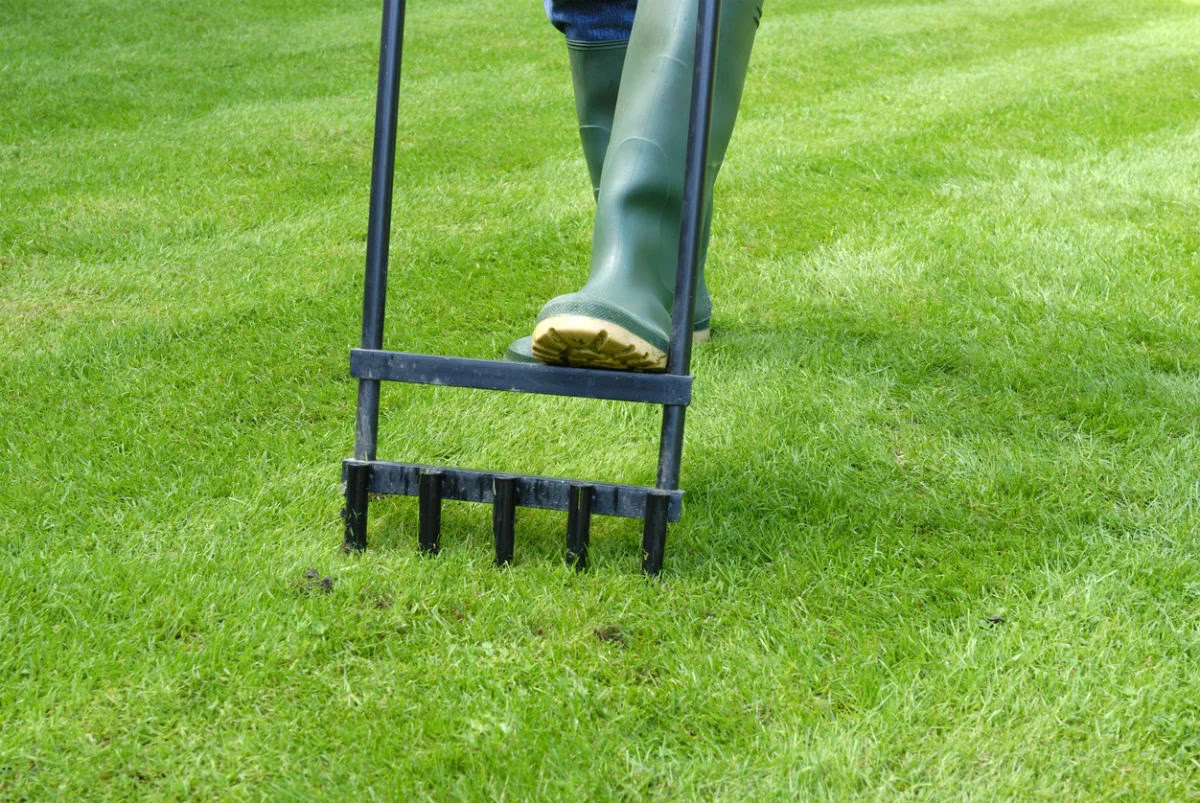
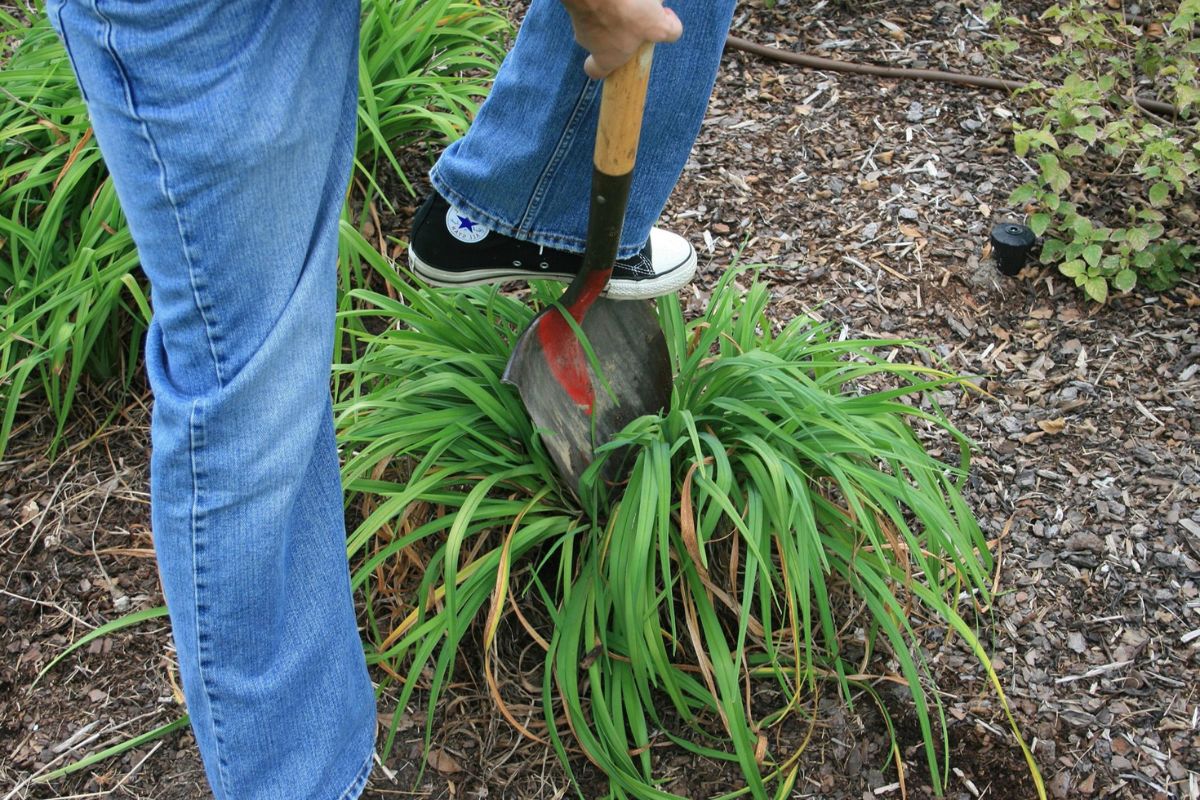



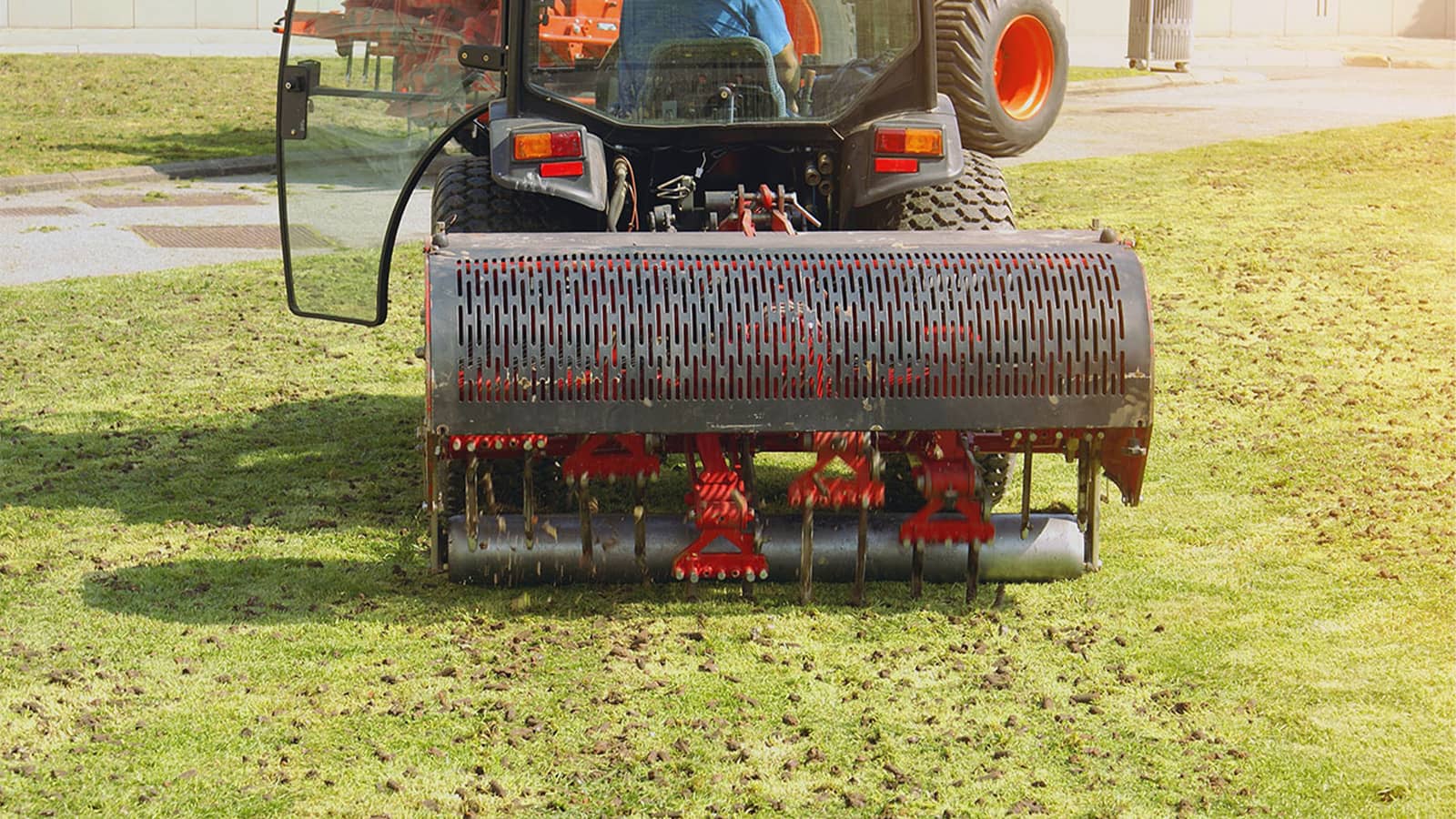
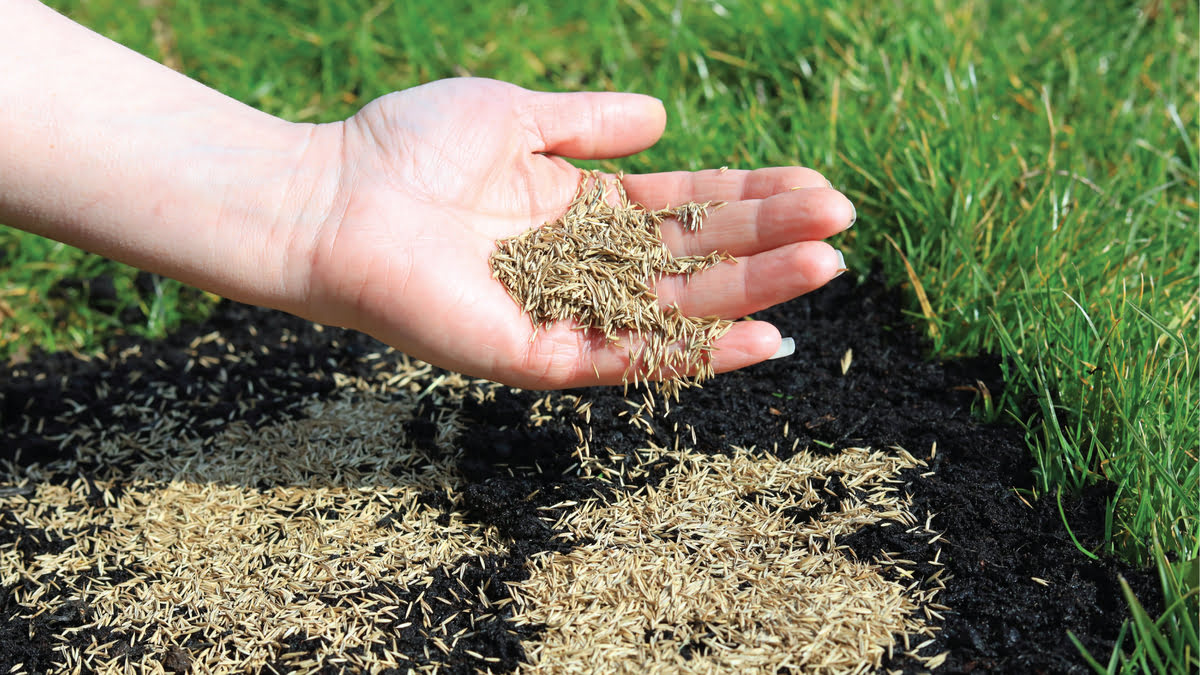

0 thoughts on “The Best Time To Aerate And Overseed Your Lawn”